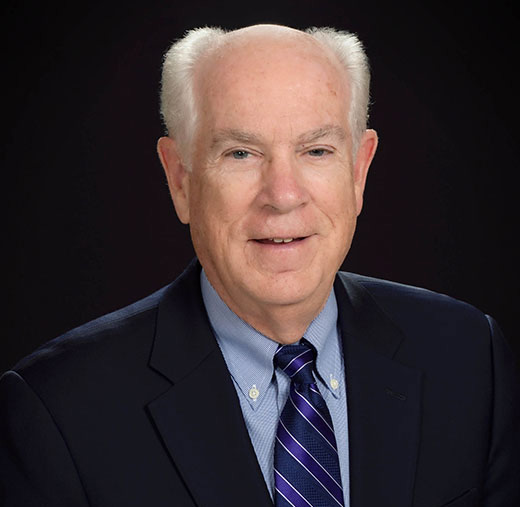How the LYMErix Lyme Disease Vaccine was Pulled from the Market Patricia Smith, president of LDA, identifies lessons we can learn from the LYMErix Lyme disease vaccine story and pitfalls we can hopefully avoid in the future.
T he LYMErix Lyme disease vaccine (LV) by SmithKlein Beecham (SKB) was approved by the Food and Drug Administration (FDA) in December 1998 after completing a clinical trial of 10,936 people—the manufacturer concluded it was to be most effective in preventing the disease in people under age 65. Half the trial participants received an initial injection, then booster shots 1 month and 12 months after. Uncertainty about the length of vaccine immunity implied that recipients might need more boosters as often as every year to prevent waning immunity. The panel unanimously endorsed the vaccine for use in people ages 15 to 70. Safety and efficacy testing data for young children who were at high risk of developing Lyme disease was not available.
 Six months before the Lyme disease vaccine’s approval, lead researcher for the Lyme disease vaccine, Dr. Allan Steere, New England Medical Center, Boston, was among the researchers who published results of a “test tube” study that showed that OspA (Outer Surface Protein A of the Lyme bacteria) could cause a “cross-reaction” with a human protein in people positive for the HLA-DR4 gene, which comprised 20–30% of the population.1 The immune system could attack the body’s own protein, thinking it was an invading bacterium; there was not proof of this reaction in humans, but it indicated a possible connection. The LYMErix Lyme disease vaccine had an OspA base.
Six months before the Lyme disease vaccine’s approval, lead researcher for the Lyme disease vaccine, Dr. Allan Steere, New England Medical Center, Boston, was among the researchers who published results of a “test tube” study that showed that OspA (Outer Surface Protein A of the Lyme bacteria) could cause a “cross-reaction” with a human protein in people positive for the HLA-DR4 gene, which comprised 20–30% of the population.1 The immune system could attack the body’s own protein, thinking it was an invading bacterium; there was not proof of this reaction in humans, but it indicated a possible connection. The LYMErix Lyme disease vaccine had an OspA base.
Before Lyme Disease Vaccine Approval
A month before vaccine approval, the Lyme Disease Association, Inc., (LDA) published LDA’s Vaccine Position Paper. LDA was following the development of the vaccine and was concerned that safety and efficacy had not been fully established. The Steere research pointed to a potential link between OspA and a possible unstoppable immune cascade. LDA suggested that individuals considering vaccination should get answers to the questions posed by the paper before getting vaccinated. Before the LV’s approval, Dr. Patricia Ferrieri of the University of Minnesota, who chaired the FDA advisory panel, chose to summarize the committee’s sentiments: “It’s rare that a vaccine be voted on with such ambivalence and a stack of provisos.”…… Join or login below to continue reading.




























